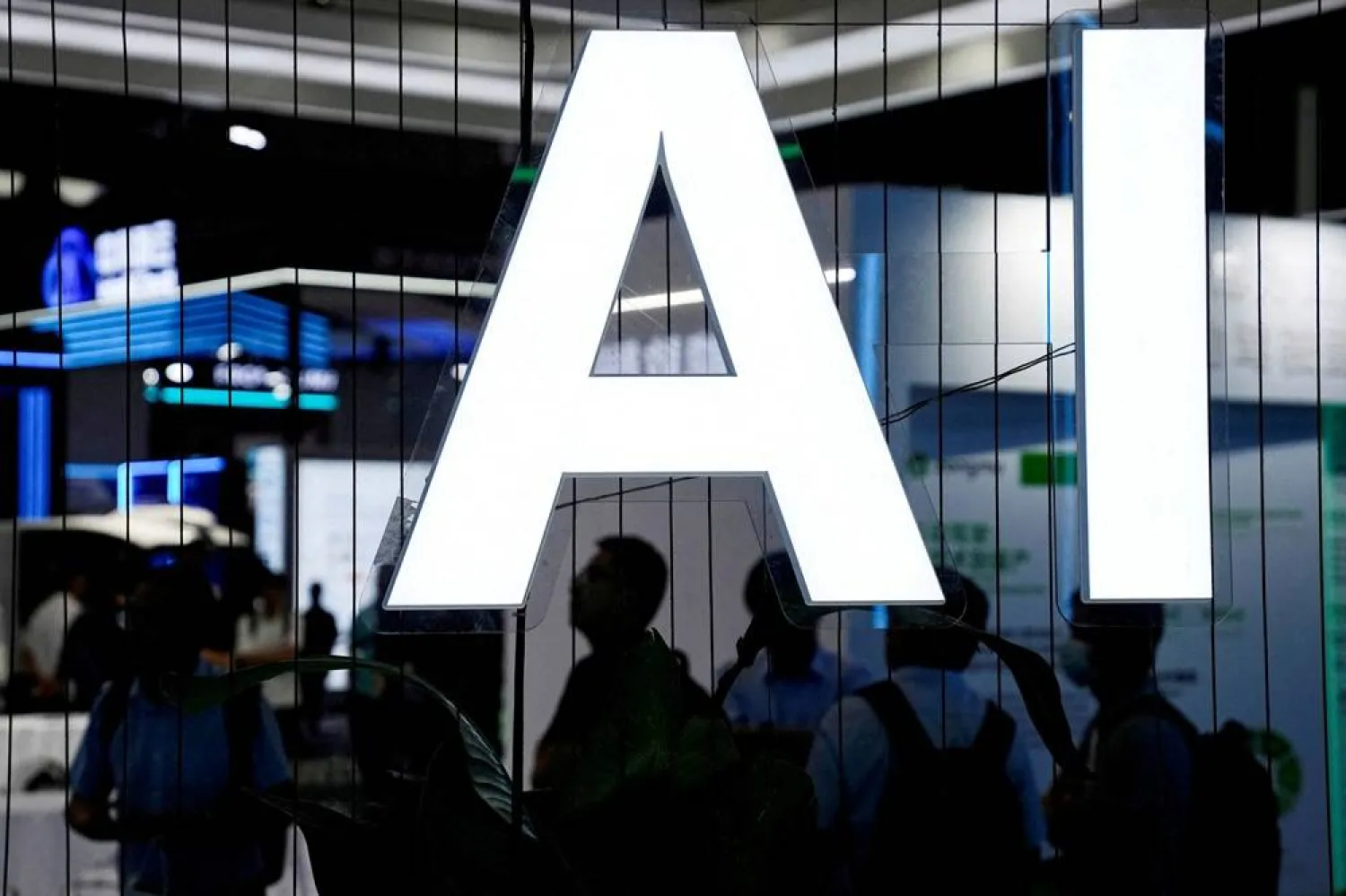In order to make smartphone touchscreens cheaper, stronger and less harmful to the environment, a team of researchers at the University of Sussex has developed a new technology that is less energy-consuming, air-polluting and more responsive to the user's touch.
According to German news agency (dpa), the problem has been that indium tin oxide, which is currently used to make smartphone screens, is brittle and expensive.
The primary constituent, indium, is also a rare metal and is ecologically damaging to extract.
Silver, which has been shown to be the best alternative to indium tin oxide, is also expensive.
The breakthrough from physicists at the University of Sussex has been to combine silver nanowires with graphene, a two-dimensional carbon material.
The new hybrid material matches the performance of the existing technologies at a fraction of the cost.
Professor Alan Dalton from the School of Mathematical and Physical Sciences at the University of Sussex said: “While silver nanowires have been used in touchscreens before, no one has tried to combine them with graphene.”
He stated that the addition of graphene to the silver nanowire network also increases its ability to conduct electricity, and as a result, screens will be more responsive and use less power, reported the Science Daily website.







